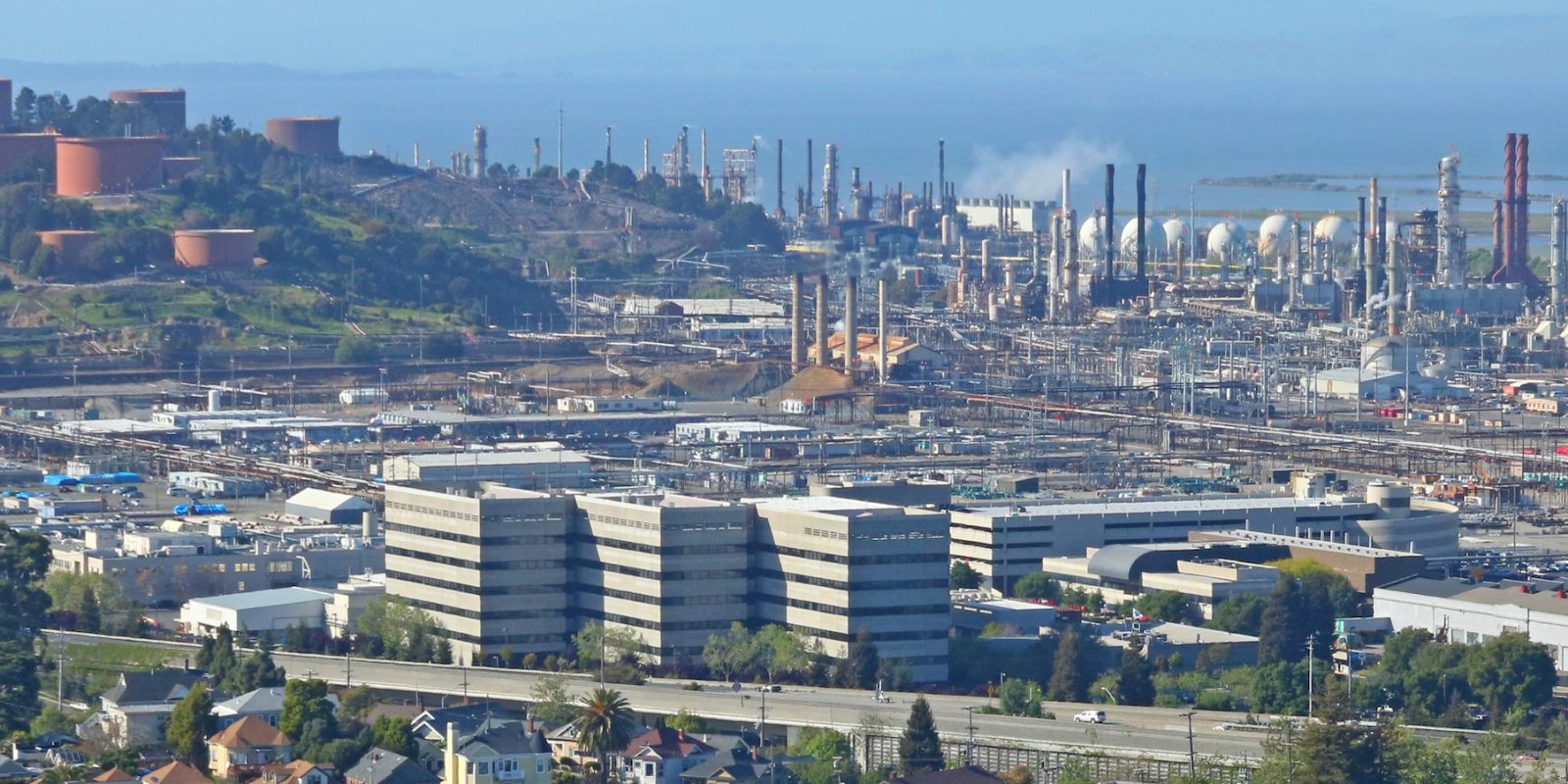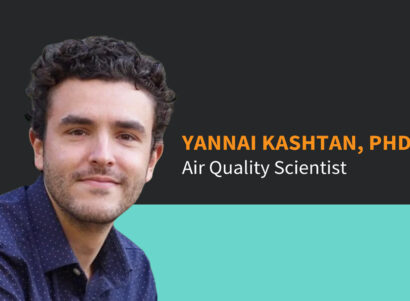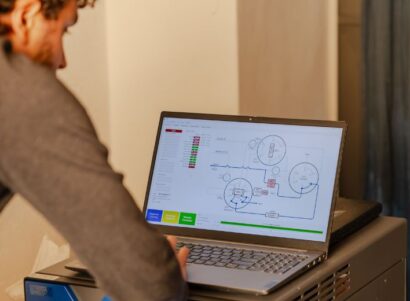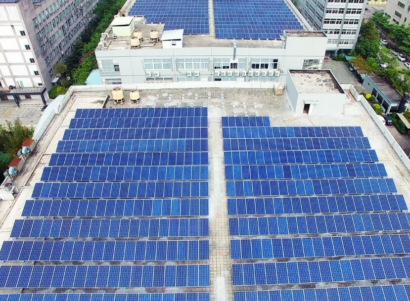June started with good news: The California Air Resources Board, or CARB, awarded PSE a half-million-dollar grant to conduct local air-quality monitoring in the cities of Richmond, North Richmond, and San Pablo.
We received a CARB Community Air Grant to address goals outlined in AB 617, an assembly bill that directs state money to study air quality at a local scale rather than at the more commonly monitored regional scale. The shift to community-based data is important because regional-level measurements are often unable to address community-level air quality concerns and promote effective local policies to mitigate air pollution.
The Richmond-San Pablo corridor in San Francisco East Bay is a case study of a community that experiences poor air quality from a variety of local sources. The area lies at the intersection of three major highways that experience heavy commuter traffic. It is also adjacent to the intensively industrial Chevron refinery, which can be a significant source of hydrogen sulfide, sulfur oxides, particulate matter and volatile organic compound emissions from the processing units as well as from the crude oil and other feedstock chemicals that are unloaded at the Chevron wharf complex. The three cities are also located downwind of San Francisco, a large source of emissions associated with ozone formation. Demographically, the area is composed primarily of minority groups and some of the most disadvantaged communities in California, according to CalEnviroScreen 3.0.
Despite the many public health risk factors impacting a disadvantaged community that bears such a disproportionate amount of pollution burden compared to the broader population, there is only one State Local Air Monitoring Station in the project area, and few Special Purpose Monitors located closer to the Chevron refinery. Our project will significantly increase the local air monitoring capacity by deploying a high-density network of sensors to monitor air quality throughout the three cities, and allowing us to evaluate and report on this highly localized data.
Members of the impacted communities are integral to the project. To get local information from the people who know the community best, we are partnering with the Asian Pacific Environmental Network (APEN), an East Bay environmental justice group who will help us engage community members and other community organizations. Through this outreach, local residents will participate in developing the community air-monitoring plan by identifying potential sensor sites in areas of perceived poor air quality, near known local sources of air pollution emissions, and where vulnerable populations live, work, study, and play.
In addition to providing us with their informed perspective, residents will participate in community discussions about air quality issues and strategies to mitigate air pollution. By getting involved, residents will be empowered to better understand and address the air quality challenges that impact their community. Armed with information and awareness, residents will be better equipped to help develop air quality regulations to further reduce exposure to harmful air pollutants for themselves, their families, and their neighborhoods.















